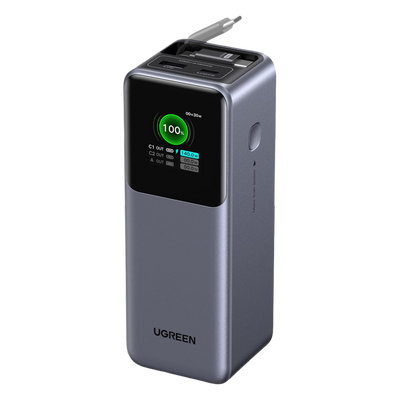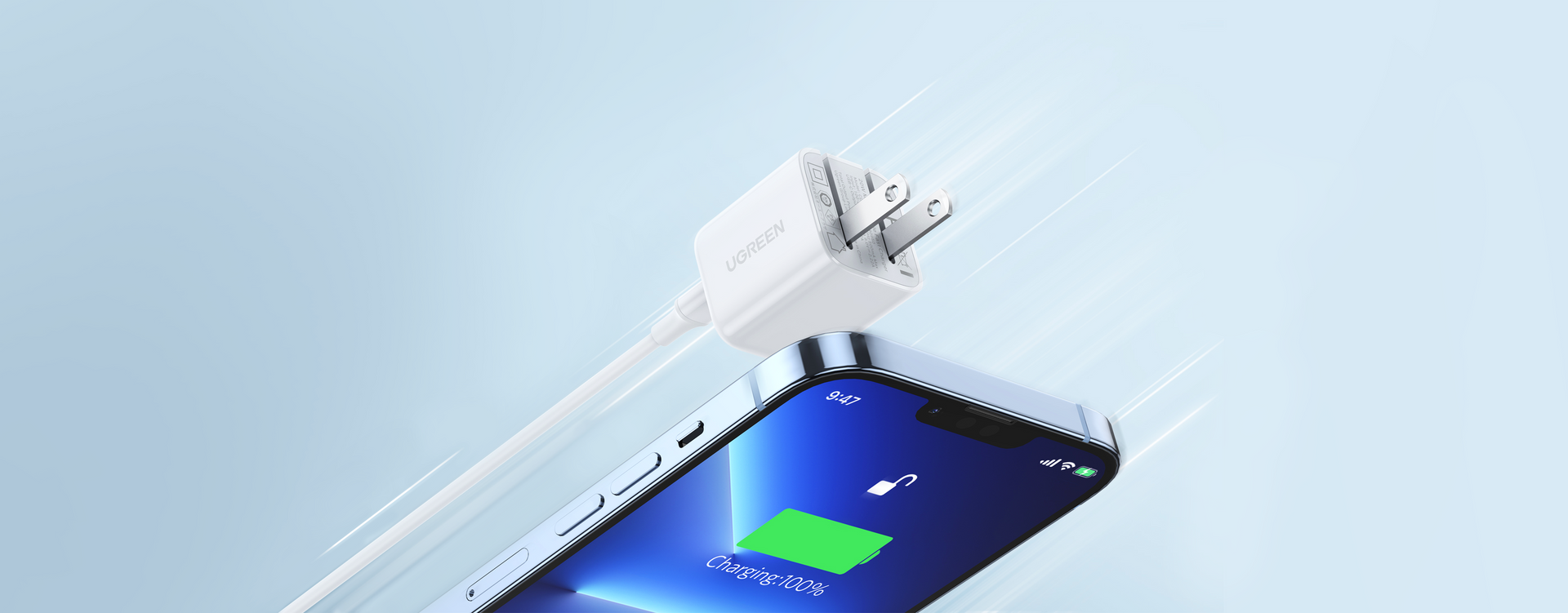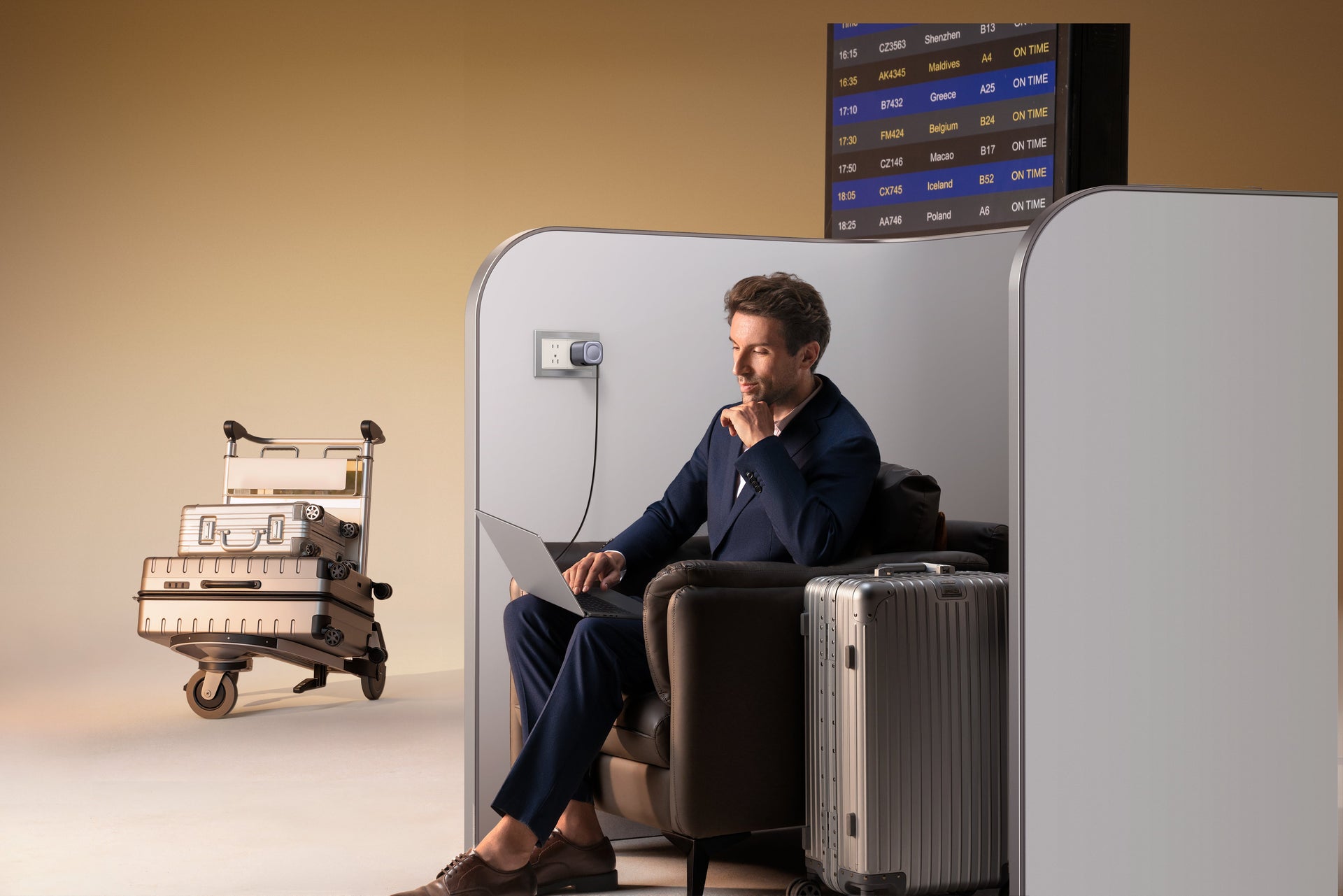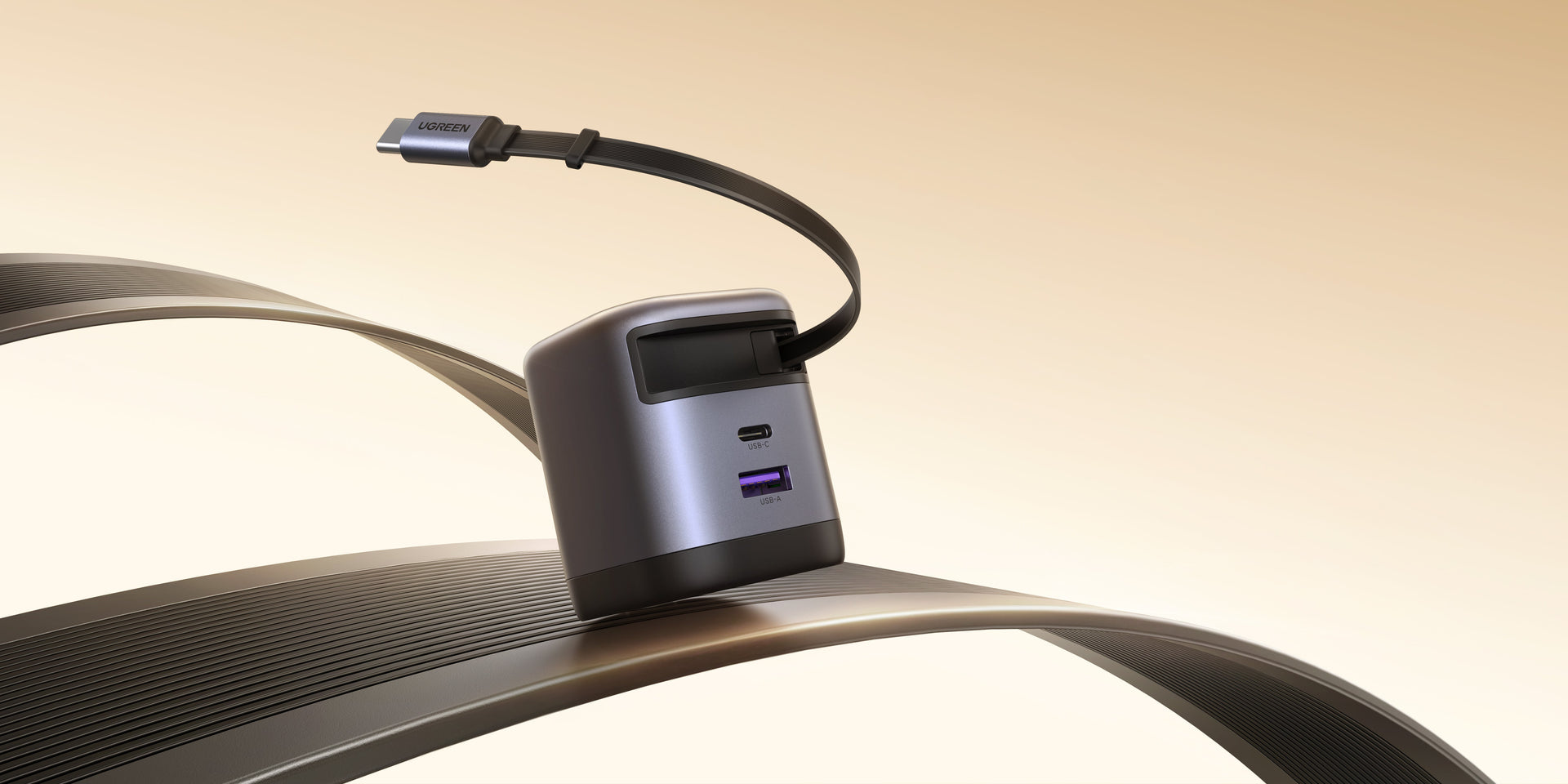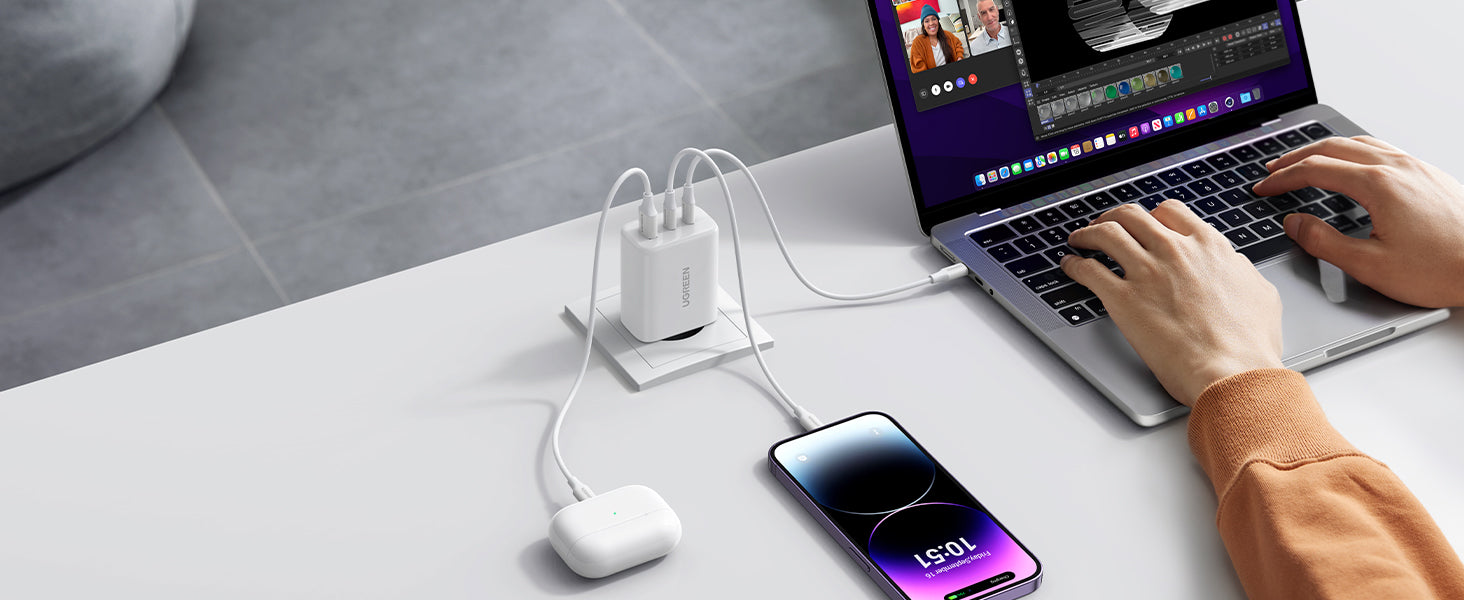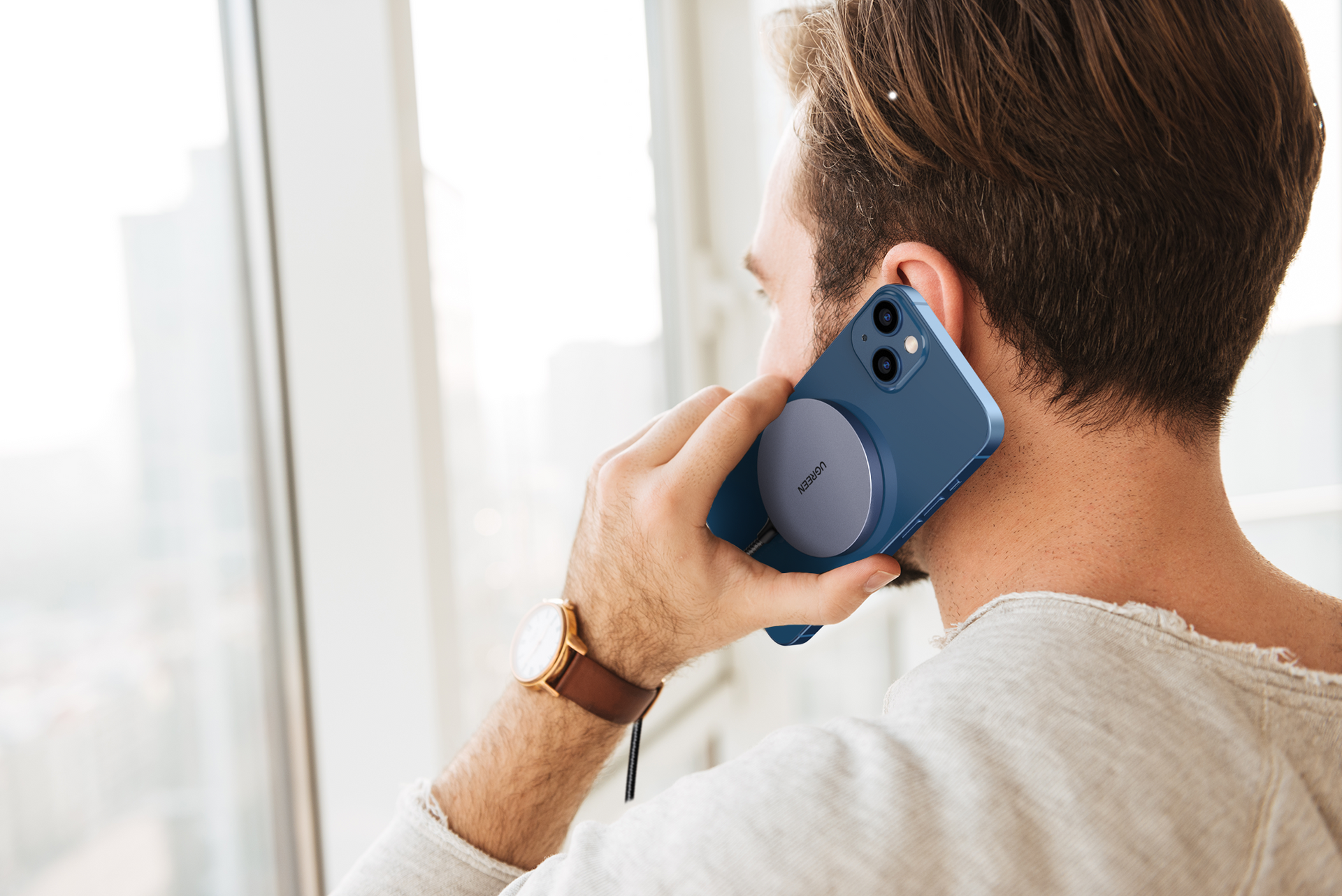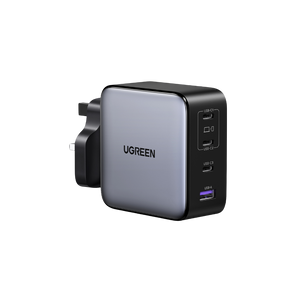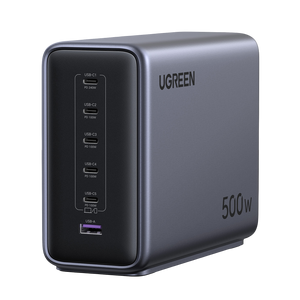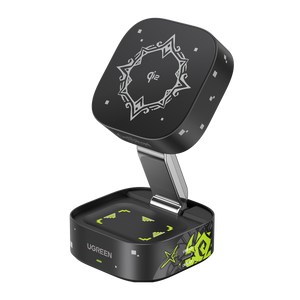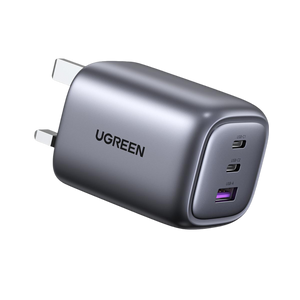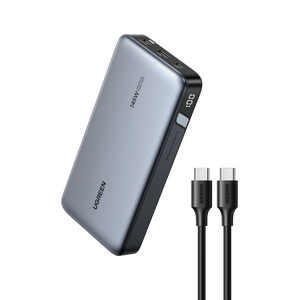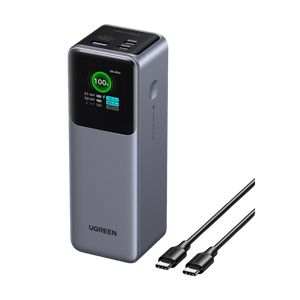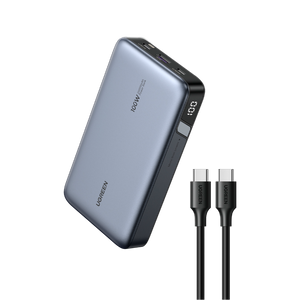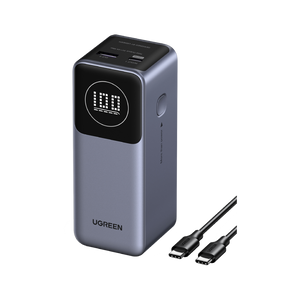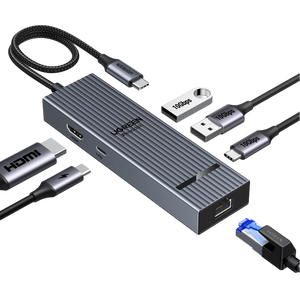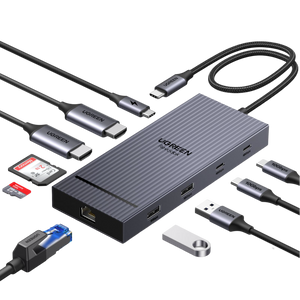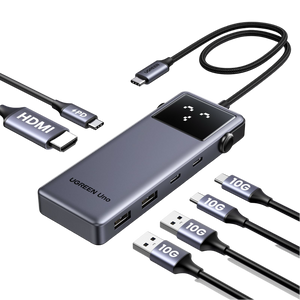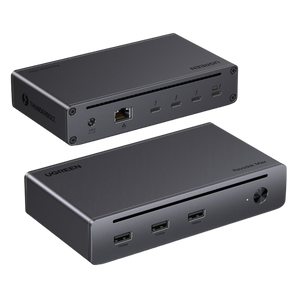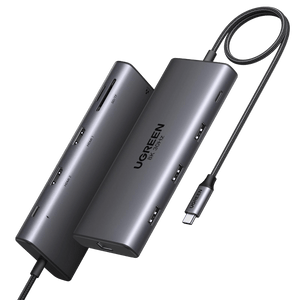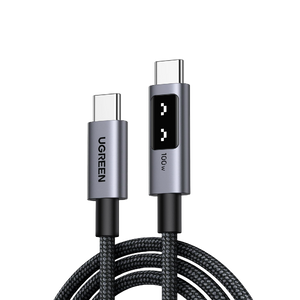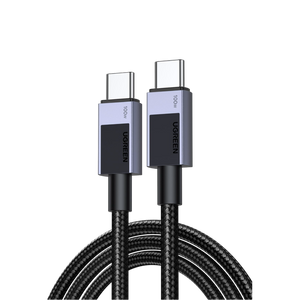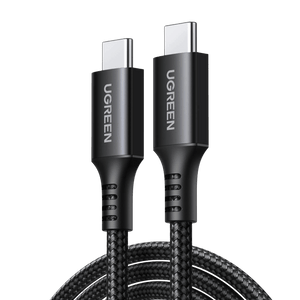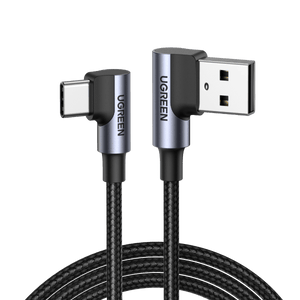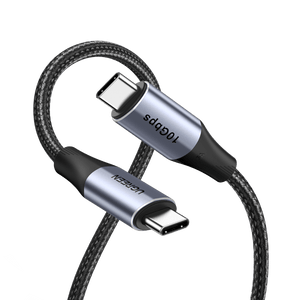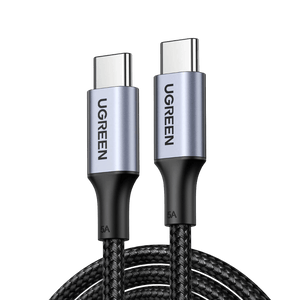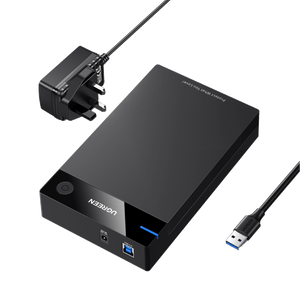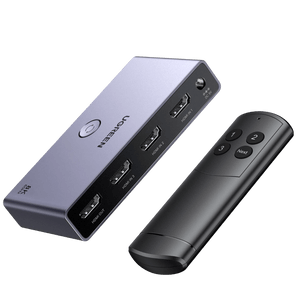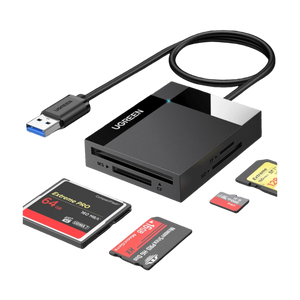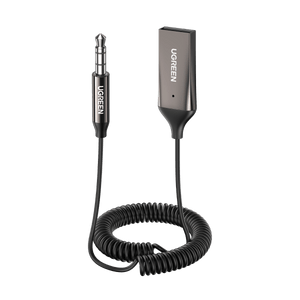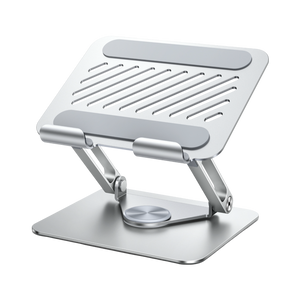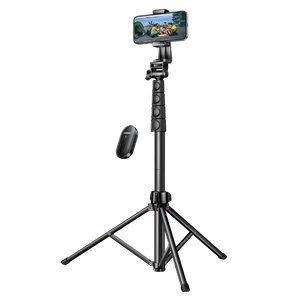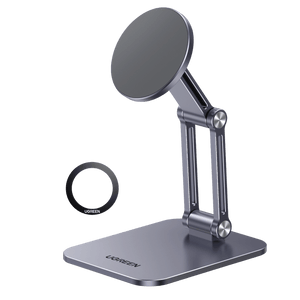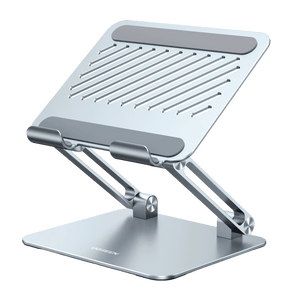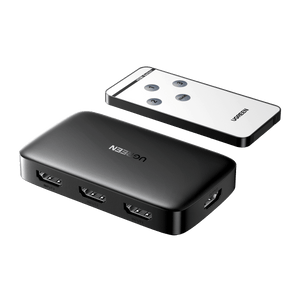10 Common Travel Charging Mistakes (and How to Avoid Them)
Imagine you arrive at Tokyo Haneda Airport on a 13-hour flight, jetlagged and sleep-deprived. Your phone is at just 4% battery, and your hotel reservation and JR Pass QR code are stashed away in a travel app. You attempt to use your UK charger, but it doesn’t work over here, as Japan uses Type A flat-pin sockets and you left your adapter behind. To make matters worse, your power bank is also depleted from the long flight. There’s a USB hub in reach, but all of its ports are taken, and the few available offer only 5W, which is too slow to be useful.
This is how minor travel charging mistakes snowball fast. One misplaced cable or forgotten adapter can turn convenience into chaos. In this article, we’ll break down 10 common charging mistakes and teach you how to avoid them, ensuring your trip continues smoothly and without panic.

Mistake 1: Insufficient charger power to fast charge laptops/tablets
A common mistake travellers make is using their regular phone charger for all their devices. Most travellers tend to carry a 5W, 18W, or 20W charger, which is sufficient for overnight cell phone charging but inadequate for devices like a MacBook, iPad Pro, Steam Deck.
Why This Setup Fails:
These devices require significantly more power for effective charging:
- MacBook Air: At least 30W. 45W or more is recommended.
- MacBook Pro: 65W to 100W.
- iPad Pro: 30W or higher for fast charging via Power Delivery (PD).
But it’s not just about the wattage. You need a USB Power Delivery (PD) compatible charger along with the appropriate cable, specifically one that supports 3A or higher. Without a PD-enabled charger, a quality cable, and a fast-charging port, your battery may only increase by 1% every ten minutes.
What to Pack Instead
Invest in a 65W or 100W PD GaN multi-port charger. This type of charge can power your laptop, tablet, phone, and your travel power bank simultaneously. Pair it with a high-current output USB-C to USB-C cable.
This setup will eliminate bottlenecks during charging and ensure all your devices are ready when you need them.
Mistake 2: Plug incompatibility with destination country socket
Another common mistake travellers make is assuming your plug will work everywhere. While many USB wall chargers are compatible and support global voltage ranges (100–240V), they are not always physically compatible with different types of sockets. Each country has its specific type of outlet. This can lead to frustration upon arrival when you find that your perfectly good charger won’t fit into the wall socket.
Smart Fix:
To avoid this inconvenience, carry a universal travel adapter with various plug types (Type A to G) and USB ports, as well as a single AC outlet. This way, you can avoid the hassle of carrying various chargers for different devices and have the ability to plug in anywhere. Some models even have protective features, making them a perfect charger for travel.
Common Travel Country Plug Comparison Chart:
| Country | Plug Type(s) | Voltage | Frequency |
|---|---|---|---|
| United Kingdom | Type G | 230V | 50 Hz |
| United States | Type A/B | 120V | 60 Hz |
| Germany | Type C/F | 230V | 50 Hz |
| France | Type C/E | 230V | 50 Hz |
| Australia | Type I | 230V | 50 Hz |
| Japan | Type A/B | 100V | 50/60 Hz |
| China | Type A/C/I | 220V | 50 Hz |
| India | Type C/D/M | 230V | 50 Hz |
| Italy | Type C/L | 230V | 50 Hz |
Taking this simple preparation step can save you hours of inconvenience and help you stay connected from the moment you step off the plane.
Mistake 3: Carrying power banks exceeding airline limits and getting stopped at security
Packing the wrong travel power bank is one of the easiest mistakes to avoid, yet many travellers still bring bulky devices that trigger airport security alarms. The key point to remember is that airlines regulate battery capacity based on watt-hours (Wh), not milliamp-hours (mAh).

Here’s what you need to know about airline policies regarding power banks:
- Most airlines allow batteries up to 100Wh in carry-on luggage only
- Lithium batteries are not allowed in checked bags
- The capacity (Wh or mAh/voltage) should be clearly marked on the product
How to calculate Wh:
Wh = (mAh × 3.7V) ÷ 1000
For example, a 30,000mAh power bank equals 111Wh, which is over the limit.
What to Pack Instead
To stay within the airline’s limit, carry a travel power bank with a capacity of about 20,000–26,800mAh (approximately 74 to 99Wh). Look for devices that are:
- Compact and airline-compliant: Easy to pack, TSA-approved design
- Fast charging (USB-C, 100W): Powerful enough for heavy-duty devices like MacBook Pro and multi-device setups.
- Fitted with a retractable cable: No more tangled cords or misplaced cables.
- Constructed with smart display and safety features: Real-time charge information with overheat protection and surge protection.
If there's one device that completely understands travel stress, it's the UGREEN Nexode Power Bank 20000mAh 165W with Retractable USB-C Cable. This isn’t just a battery pack; it's your reliable power backup when you're rushing from terminal to terminal or getting work done in hotel lobbies.
{{UGPRODUCT}}
If you need to charge a laptop in a hurry? No problem. The 100W USB-C port can charge a MacBook Pro (M4) 14" from dead to 54% in just 30 minutes, which is enough time to grab coffee before your next call. And thanks to its built-in 0.65 m retractable cable, you’ll never dig through your bag for a charger again. It extends smoothly, tucks away neatly, and has been stress-tested to withstand 25,000 retractions and 10,000 bends. It’s built to take a beating.

But what really makes this power bank a travel MVP is its 20,000mAh capacity and dual-port 165W output. You can charge multiple devices at once without sacrificing charging speed. Also, the smart display keeps you in control with real-time information on battery percentage, output wattage, and port usage.

And yes, it’s airline-approved, so it goes where you go. With 13 levels of protection, including thermal, short circuit, and overvoltage defence, it ensures safe charging wherever you are. If you need power while travelling, this power bank is a must-have for your travel bag.

Mistake 4: Bringing a single-port charger causing device charging queues
When you pack lightly, most people assume one charger is enough. However, when you’re in a hotel with limited outlets, that assumption can lead to frustration. A one-port travel charger forces you to wait in line to charge your devices.
The Multi-Port Travel Charger Advantage
To avoid this stress, consider a 65W+ GaN (Gallium Nitride) travel adapter with at least three charging ports, preferably two USB-C and one USB-A. This configuration allows you to:
- Charge your phone and tablet at high-speed charging at the same time.
- Charge older devices, such as a Kindle or camera, via the USB-A port.
- Save time without losing charging speed.
In contrast to their larger silicon counterparts, GaN chargers are 30–50% smaller, cooler, and provide up to 95% energy efficiency. Their compact design and reduced heat emission make them ideal for travelling, as they won't overheat your luggage or require extra adapters.
A high-efficiency, multi-port travel charger can transform your whole travel experience. Simply plug all your devices and charge them quickly, safely, and all at once.

Mistake 5: Bringing only one cable and losing the ability to charge if damaged
Packing just a single cable may seem efficient, but it’s one of the most underestimated mistakes travellers can make. Cables are the most fragile part of your charging setup. They can get bent inside backpacks, pulled during airport security checks, and worn down by constant plugging and unplugging. Even one small tear or loose connector can derail your entire charging plan.
Spot the Warning Signs:
Before your cable gives out mid-journey, watch for these warning signs:
- The connector is loose.
- It only charges at limited angles.
- The cable gets warm, especially at the tips.
- You experience intermittent charging or random disconnections.
Smarter Packing Strategy:
Cables aren't accessories; they're lifelines. That is why veteran travellers never pack one. You should always carry a minimum of two good-quality charging cables. Look for:
- Braided 3A+ cables that resist fraying and can withstand repeated bending.
- Durable TPE-coated cables that are long-lasting, especially in tight spaces like backpacks or aeroplane seat pockets.
For added simplicity, consider a built-in-cable solution like the UGREEN Nexode 65W Charger with Retractable USB-C Cable.
Why It’s Travel-Proof:
- It features an extendable 69cm USB-C cable with eight preset lengths.
- It can withstand over 25,000 cycles of retraction and 10,000 bends.
- It can deliver 65W fast charging, perfect for laptops, tablets, and smartphones.
- It includes GaNInfinity™ efficiency, Thermal Guard™, and eight-layer safety protection in a compact package.

For serious travellers, it's not just about convenience; it's having peace of mind in your bag. Don't let a lost or frayed cable ruin your entire itinerary.
{{UGPRODUCT}}
Mistake 6: Using public USB ports risks data theft (juice jacking)
The free USB port at the airport or coffee house can be a lifesaver, but it can also pose serious risks. One such risk is known as “juice jacking,” where hackers exploit compromised USB ports to steal your data or install malware into your system.
What Happens?
USB cables carry both data and power. Juice jacking exploits the data channel. When you plug into vulnerable public outlets, you are potentially allowing hackers to access your files and applications or even hijack your device.
Hazardous Ports Include:
- USB sockets in kiosks, displays, or touchscreen terminals
- Media stations with video displays or flashing LEDs
- Publicly accessible unbranded multi-outlet terminals
How to Stay Safe:
To truly protect yourself, avoid using public USB charging outlets entirely. Instead, bring your travel adapter and use a standard wall outlet. If you must charge, use a USB data blocker. This small device allows power to flow while blocking data transfer.
Mistake 7: Carrying too much charging gear causes heavy load and messy packing
When travelling, especially with a group or family, it is easy to get overwhelmed by the number of chargers each person brings. Bringing too much and still being unprepared is a common travel mistake.
The Smarter Packing Formula
The solution lies in minimalist efficiency. For most trips, you can meet all your charging needs with just four essentials:
- A multi-port GaN travel charger (65W or more) with two USB-C ports and one USB-A port. Which can fast-charge laptops, phones, tablets, and accessories simultaneously.
- A USB-C to Lightning multifunction cable or a 3-in-1 cable with interchangeable heads.
- A global plug adapter for universal use.
- A hyper-portable power bank for travel, ideally airline-approved and palm-sized for daily carry.
For even lighter travel, consider gear with built-in cables. The UGREEN Nexode Retractable Series features fast chargers and power banks equipped with retractable USB-C cables that have undergone over 25,000 pull tests. These devices are powered by 65W, utilise GaNInfinity efficiency, and provide full safety protection. They are designed to minimise clutter without sacrificing performance.
Mistake 8: Using cheap, uncertified products cause overheating or device damage
When preparing for a trip, it might be tempting to throw a cheap charger or flashy power bank into your luggage. However, going for inexpensive accessories can be risky. Cheap charging gear often lacks essential features, such as temperature sensors, voltage regulation, or short-circuit protection. These leave them prone to overheating or malfunctioning, especially with foreign outlets that provide unstable voltages.
Power banks, in particular, can be dangerous due to their lithium-ion batteries. If they are not designed for safety, they can swell, leak, or even catch fire. That is why global safety certifications, such as CE, FCC, and RoHS, exist. They indicate that a product has passed basic tests for electrical safety and environmental compliance. Also, look for built-in safety features, such as overcurrent protection, automatic voltage regulation, and temperature shutdown capabilities.
UGREEN power banks are engineered with these protections integrated into their design. Taking advantage of advanced chipsets, they monitor heat and power flow in real time and dynamically optimise output as needed. Thanks to their GaN (gallium nitride) technology and robust, compact design, they're built for real travel conditions.
Mistake 9: Forgetting to charge the power bank before departure renders it useless
You double-check your passport, charger, and even your neck pillow, but you forget one important thing: whether your power bank is actually charged. It’s one of the most frustrating travel blunders. While you remember to pack the tool, you overlook its utility. When your phone hits 10% on a long layover or train ride, that shiny backup brick is now just dead weight.
This is an easy mistake to avoid with the right habits and gear. First, incorporate charging your power bank part into your pre-departure ritual. Make it a nightly task, just like packing your documents or loading your itinerary.
Second, purchase a power bank with fast-charging capabilities. Some newer models can be recharged to 20% capacity in 10 minutes via USB-C PD. That's enough power for a quick call, navigation, or mobile check-in while you wait for a taxi.
Mistake 10: Thick phone cases or metal accessories affect wireless charging
Wireless charging is great until it lets you down mid-trip. The culprit? Your phone case. Thick covers, metal kickstands, magnetic wallets, and phone rings can all interfere with the magnetic field, causing slow charging, overheating, or complete failure.
How to Solve:
- Use thin silicone cases
- Take off metal or magnetic accessories before charging
- Avoid placing stands or wallets in the coil area
For travel, a wired travel charger is faster, more reliable, and not impacted by case design. If wireless is your preference, look for a Qi2-certified charger, which delivers up to 15W and ensures better alignment. Wireless charging does work, but only if your gear doesn't get in the way.
Final Thoughts
You can ignore your charging needs until you find yourself in a foreign airport with a 3% battery. Struggling to find an adapter and dealing with a dead power bank. The reality is that most travel charging mistakes aren't dramatic; they're small, avoidable mistakes that can ruin your vacation. So, don't wait until your devices fail you when you need them most.
Instead, start by packing smart. The UGREEN Nexode Retractable Series isn't just a charger; it’s a travelling essential. With built-in cables, fast charging capabilities, and a compact design, it’s perfect for life on the go. If you're serious about staying charged, make sure to pack gear that can keep up with your adventures.
